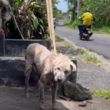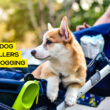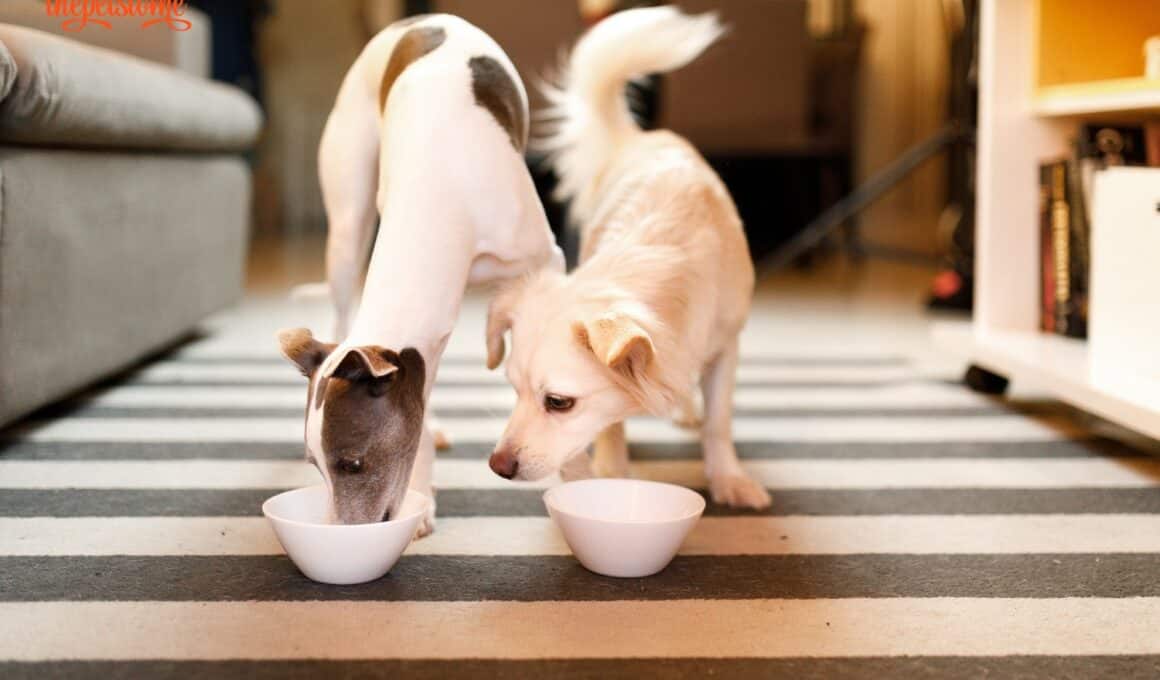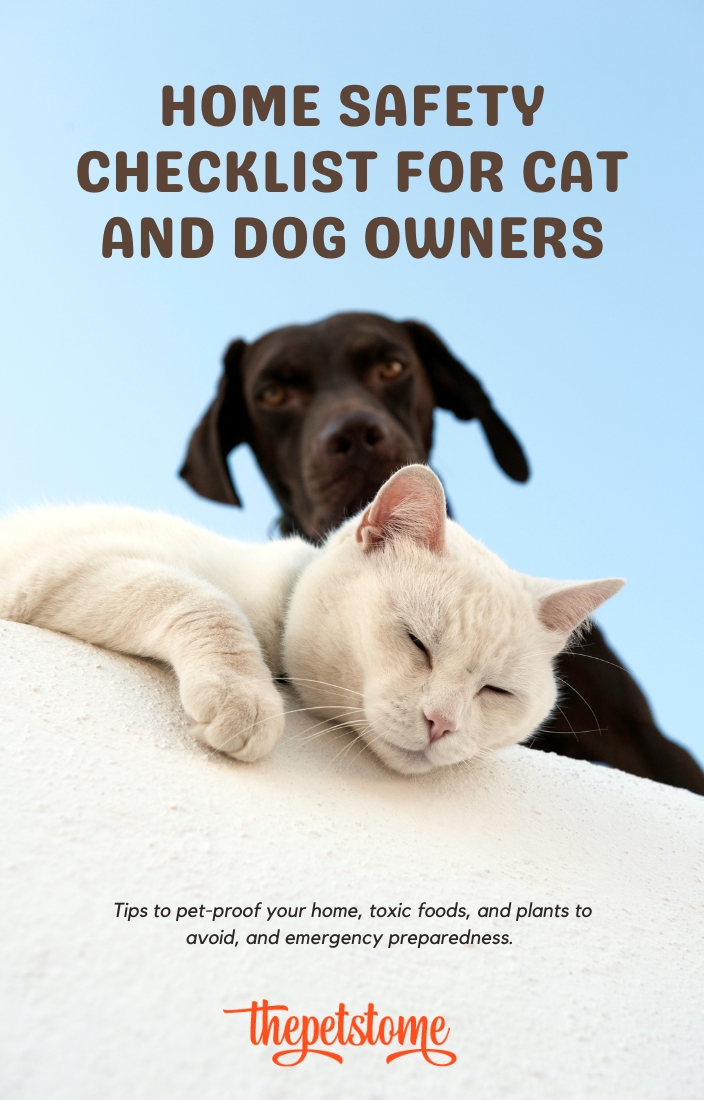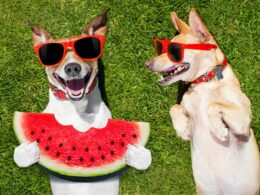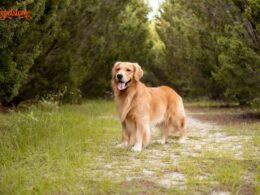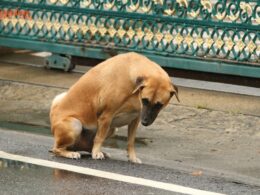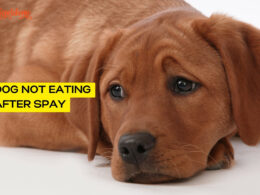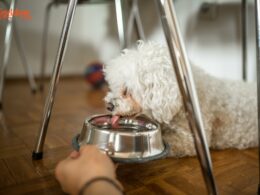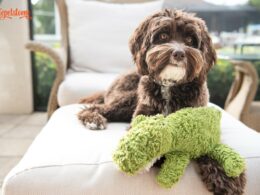Table of Contents Show
Dogs usually display different behavior that doesn’t seem understandable at first sight. They sometimes show how loyal and courageous they can be, and we forget how mysterious they can be.
Suppose you are concerned about your pup’s behavior towards other dogs during meal time. In that case, that shouldn’t be a thing to worry about because they are likely typical behavior you experience at any time.
So why does my dog wait for other dogs to eat? The simple answer to this that comes to your mind is that they are just being submissive to their pack leader, probably out of respect.
We will explore why your dog will likely wait for other dogs to eat before it starts eating. This article will explore a few reasons, including pack rank structure and their mentality, age, illness, breed, etc.
READ ALSO: Dog Closes Eyes When Petted
Reasons Why Your Dog Waits For Others To Eat
Ever noticed your dog is hesitant about eating until other dogs are finally done munching their food? The next expected question you’d ask is why. Well, you are in luck, as the following are the potential reasons why your dog will act this way;
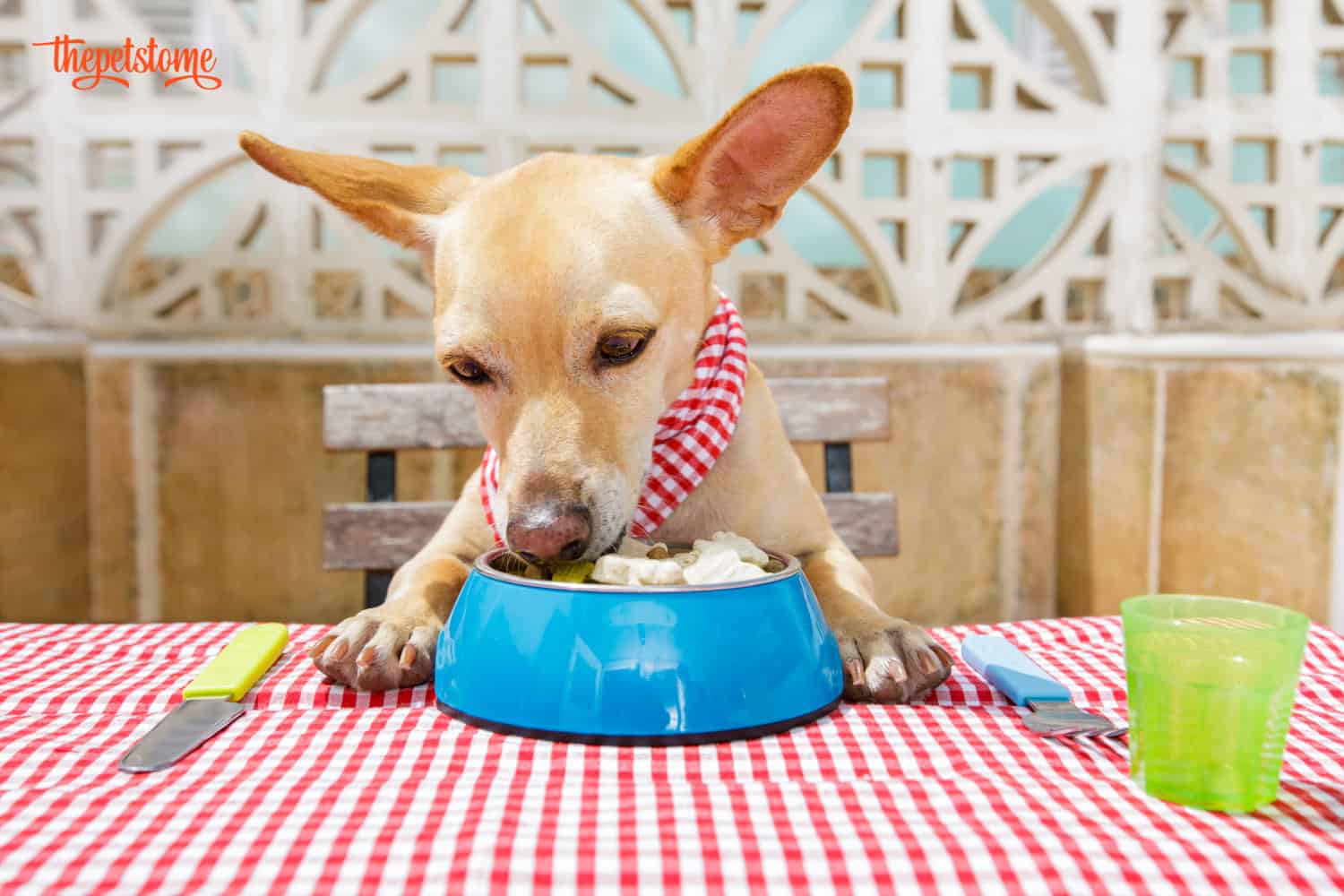
1. The Pack Mentality
Historically, dogs got their pack mentality from their common ancestor, the grey wolf. This pack rank structure is sometimes separated by sex. An alpha pair consists of a male and female to lead the pack, then a beta pair, followed by the bulk of the pack, and then finally, the last rank, the omega or omega pair.
This rank structure is often seen in domestic packs. Domestic packs might not consist of the typical 8 to 15 members but might be in smaller numbers and do well living as a structured group.
This is inherited behavior dogs demonstrate; they believe that a pack leader is the first to eat and also has the best place to sleep.
The bipedal family members are seen as the pack leaders by domestic dogs; meanwhile, pack leaders establish the betas and omegas among themselves with the betas as leaders.
Your dog respects the pack leader whenever it waits for it to eat first. They follow the simple nature of the pack rank structure. Do not be disturbed by their behavior because there is no cause for alarm since it’s a sign of respect.
2. Age
This plays a vital role in the behavior of your dogs. We are still talking about the same rank structure here as well. Older dogs and wolves have more experience than their younger ones.
During times of scarcity, older dogs or wolves in packs allow their puppies to eat first to ensure survival. This same behavior has been passed down to domestic dogs, so your dog allows other dogs to eat first, especially if they are older.
But younger dogs sometimes wait for older dogs to eat out of respect which means they follow the traditional rank structure within packs. Younger dogs and pups learn a lot of good behavior from their older ones in the wild and at home.
The younger dogs, out of respect, wait each time for their older ones to eat, and this is simply because they perceive them to be experienced. They are compelled to be submissive out of respect since they are their elders.
3. Breed And Personality
There are some other reasons why your dog waits to eat aside rank and age, and this is the dog’s breed and personality. Different breeds come with different distinctive behavior inherited from their parent breed.
Let’s say, for example, Beagles are known to be happy, friendly, and curious. They dominate well in a pack setting and display a high energy level. On the other hand, Basset Hounds are independent, reserved, and display a low energy level.
When these two breeds are in a pack, the lively Beagle might be the first to eat, while the low-energy Basset will wait patiently for its turn. They wouldn’t want to indulge in the hustle and bustle other breeds display at the dinner table.
Like humans, each dog has its personality and traits which says a lot about its behavior and body language. These traits affect everything concerning a dog, from how it plays and eats to how it associates with its family and decides to relax.
Some dogs love attention and would do anything to get it, while some like sprawling out like cats to relax. Some dogs, however, take note of some human traits and personalities they encounter at home.
If you display any particular traits or personality, your dog might have them, good or bad. Some dog traits and personalities inherited from their human companion include confidence, coping skills, setting and following boundaries, and anxiety.
Be sure to observe your dog’s behavior while waiting for other dogs to finish eating.
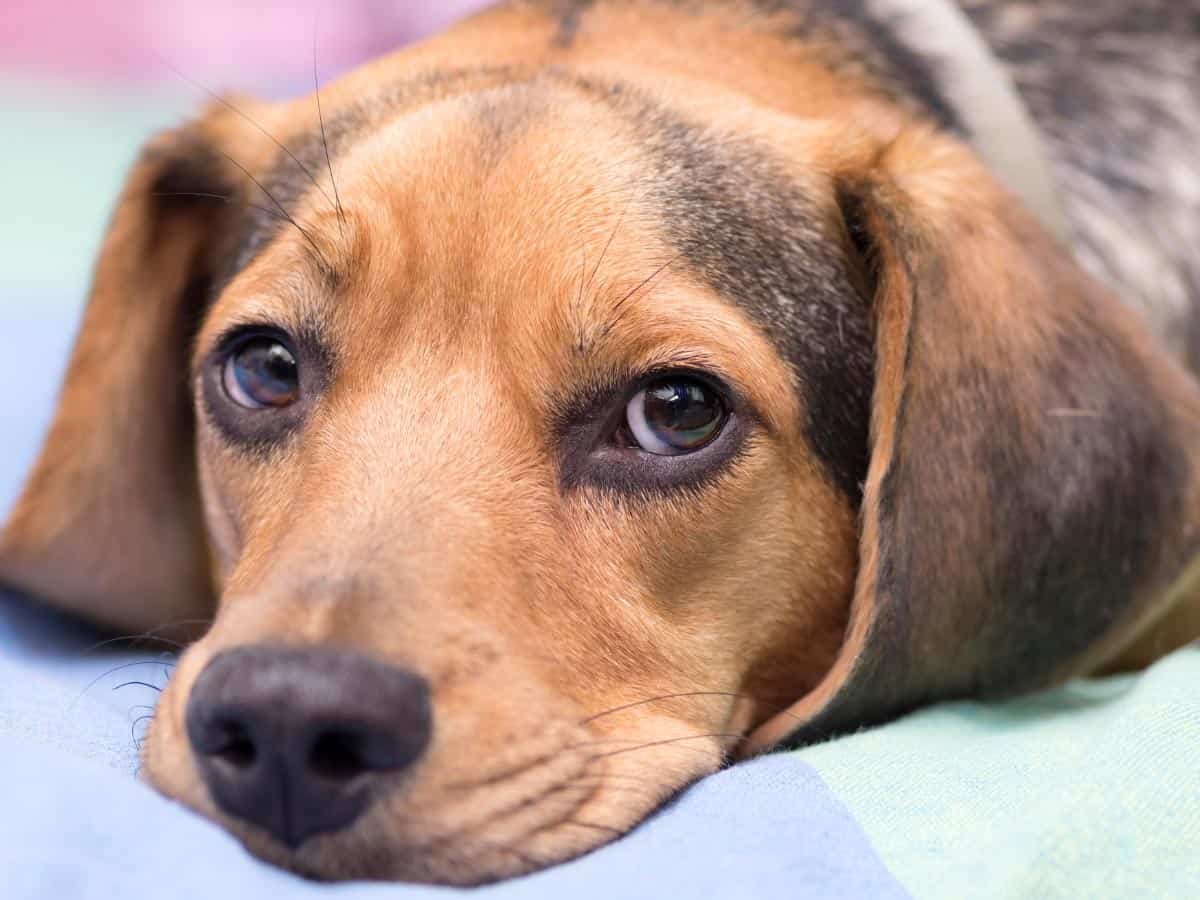
5. Illness
Illness can be another reason why your dog is not eating with other dogs. Losing of appetite is one of the signs you should take note of to prevent further worsening of the illness. Illness can prevent your dog from eating with its pack mates and would make them wait to see if they could regain some appetite while watching others eat.
Some of the signs and symptoms of this illness to look out for include Poor appetite, Diarrhea, Red or swollen gums, Lethargy, Watery eyes or nose, Steady weight loss, or unexpected weight gain.
If you notice any of the signs listed above whenever your dog defers its meal, you definitely have a sick dog at home and should be taken to a vet, although some illnesses can be managed at home. Carefully check the symptoms and behavior of your pet whenever it’s dinner time to know exactly what to do.
6. Food Aggression
Food aggression is another reason your pet waits for other dogs to eat. It is a territorial behavior experienced by dogs during mealtime, in which they use hostile behavior to guard their food.
This behavior can be seen in stray and abandoned dogs. They can develop this behavior due to trauma, inherited characteristics from the parent breed (that means lots of working dog breeds), and also when a puppy is amid older pups.
Your dog can display food aggression in many ways, such as growling or snapping at others during mealtime. But sometimes, these signals are not noticeable; hence we miss seeing them.
Although you might notice them in your dog’s body language. Some signals associated with food aggression are crouching, pinned ear back, stiffness, no eye contact, and unusual yawning.
If a dog who eats first displays aggression while eating, the other dog will defer out of fear and demonstrate fearful body language like cowering and trembling.
Food aggression and fearful behavior shouldn’t be a thing of worry because there are lots of training resources you can engage your dog in to help them break out of such behavior.
Final Words
Dogs waiting for other dogs to eat is a behavior that can have multiple causes already discussed in this article. Whatever the reason might be, it’s important to supervise your dog during feeding times and to provide each dog with its own food bowl to avoid conflicts.
As always, if you have concerns about your dog’s behavior or eating habits, it’s best to consult with a veterinarian or a professional dog trainer for personalized advice on what to do.
Sources

